Journalists in war zones have one of the most dangerous—and compelling—of jobs. Learn about a pioneering woman who worked as a war correspondent from the dawn of World War II.


Journalists in war zones have one of the most dangerous—and compelling—of jobs. Learn about a pioneering woman who worked as a war correspondent from the dawn of World War II.
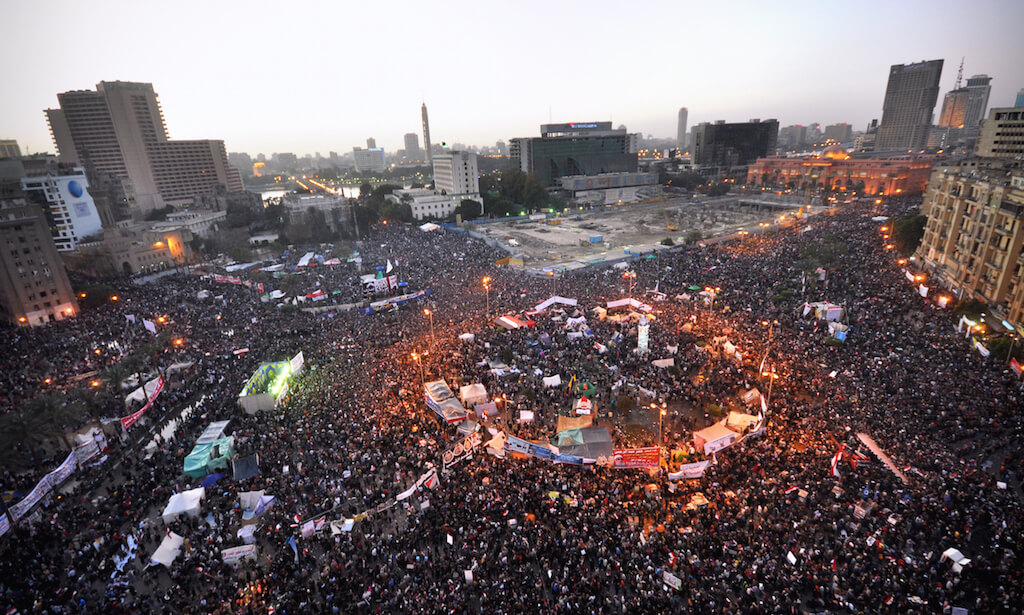
Find out why fiction works well as a way to explore the still-uncertain outcomes of the 2011 Arab Spring movement.

In the years since Hurricane Katrina, New Orleans has rebuilt and improved its system for protecting against flooding. Will the city’s defenses hold up in the event of another powerful storm?
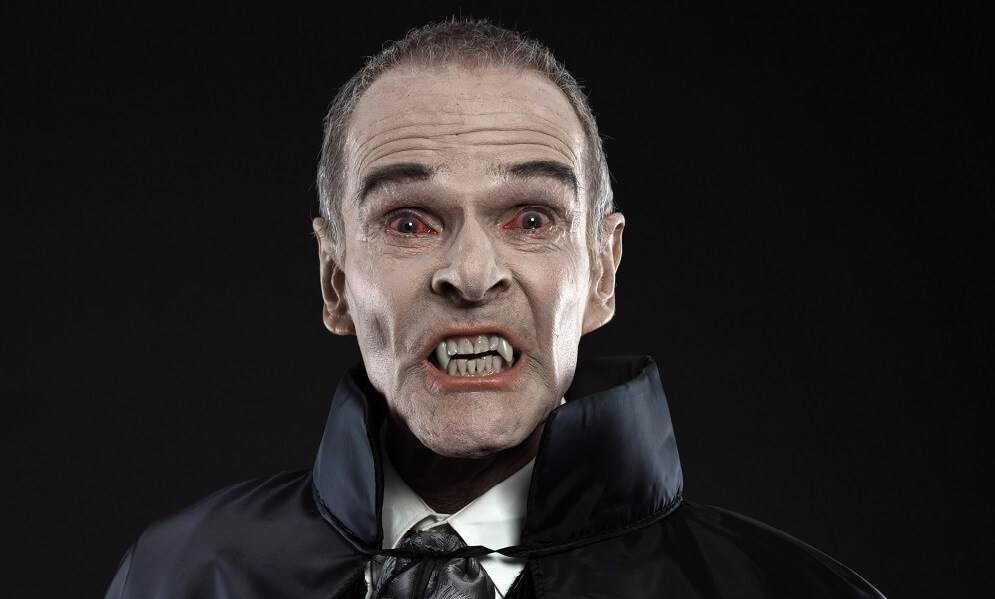
Vampire stories began way before Dracula. Find out about the real-life afflictions that made people believe frightening tales.
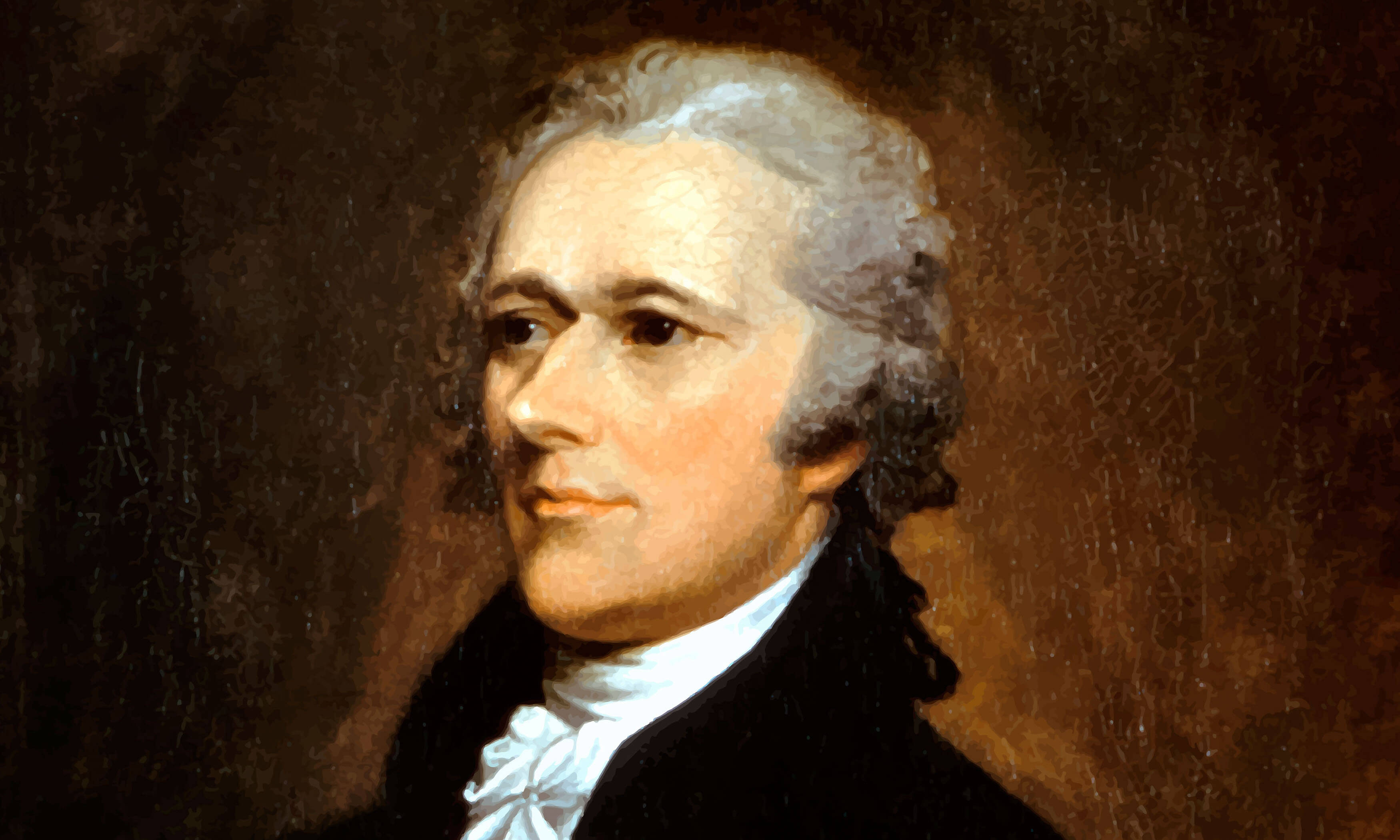
Alexander Hamilton was a man of many talents, abilities, and flaws. Read the article for a deeper look into this complicated founding father.

Imagine if simply going to school was an act of defiance. For the women in the article, it was. Read the article to learn more about the battles fought for desegregation.
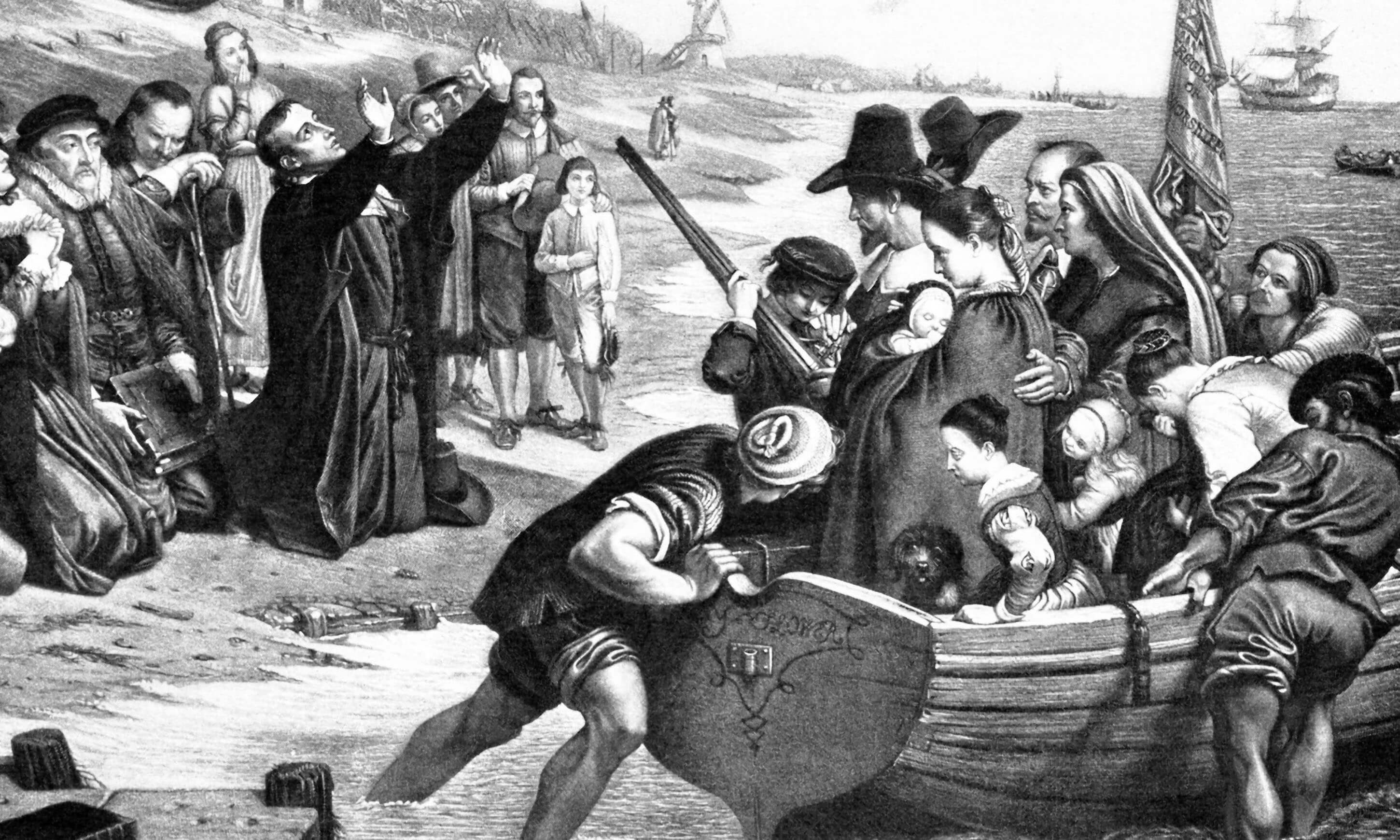
The fate of the lost colony of Roanoke has become the stuff of legend. However, many lesser-known colonies also struggled and failed. Explore the interactive map to learn more.
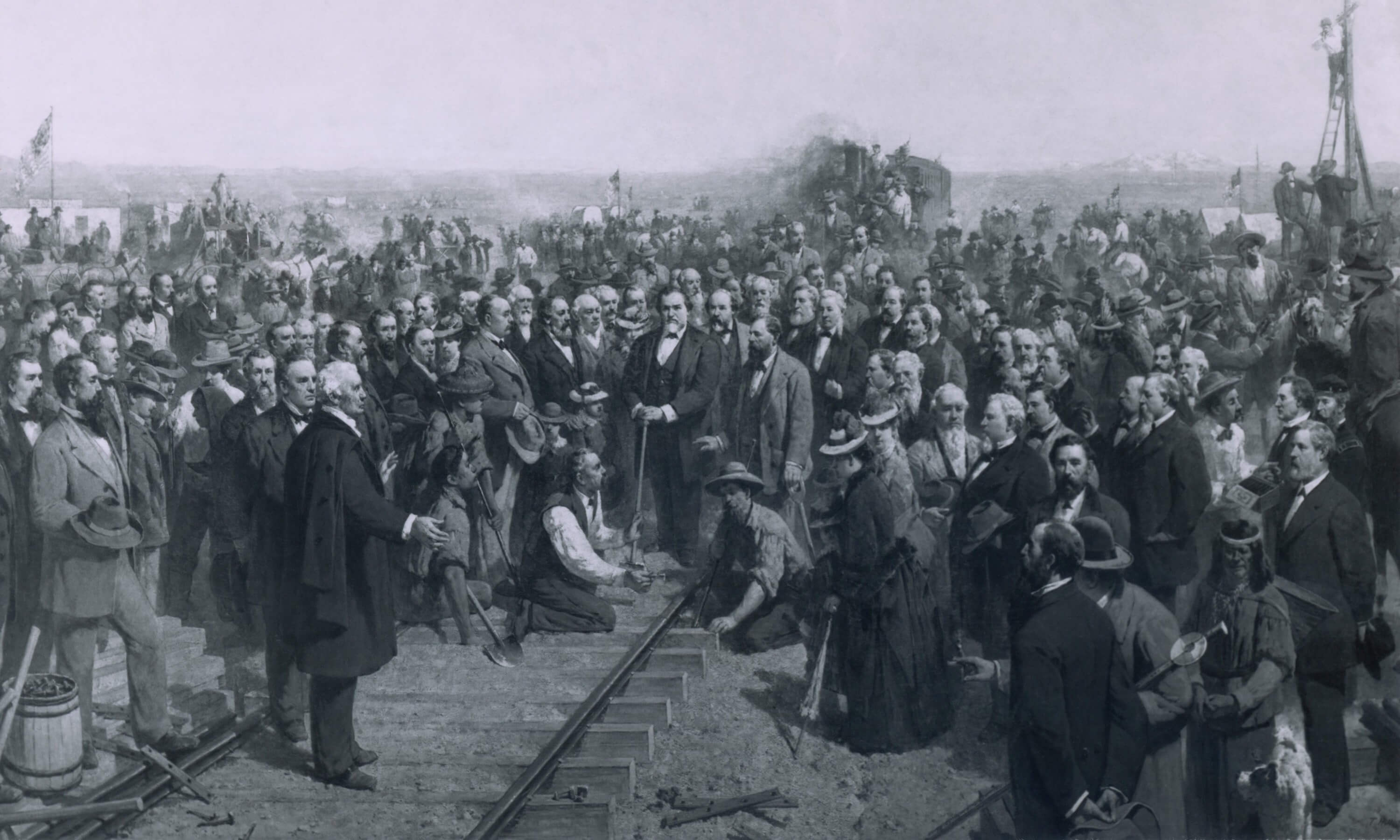
American immigration policy has always been a contentious issue. Read this article, which details a history of exclusionary actions against Chinese immigrants, to gain a better understanding of America’s tumultuous past.

What happened after the Emancipation Proclamation was issued? Learn about the various organizations formed and laws passed to help transition African Americans out of slavery, and consider how successful those efforts were.

During the Civil War, when photography was a new medium, a minister and amateur historian raced to capture images of the last surviving veterans of the American Revolution.

In this essay, Arthur Miller describes how he prepared to write his famous play by immersing himself in the world of the Salem witch trials.

How does a nation seek justice and peace after a terrible national conflict? Explore how seven countries have addressed their troubled histories.

In the mid-1800s, President James K. Polk and his administration sought to expand American territory to the West. This idea of “manifest destiny” was one of the instigating factors of the Mexican-American War.

This article and accompanying presentation explore political scientist Erica Chenoweth’s research on how peaceful protest is often much more successful than violence for making changes.

Since the 1960s, astronauts have risked their lives to explore space. Read about the missions in which men and women were lost.

The Renaissance Italian writer Niccolò Machiavelli explored ideas about power in his still-controversial book The Prince. His work not only influenced political leaders, though; it also influenced the work of William Shakespeare a century later.

After a terrorist-piloted plane crashed into the South Tower of the World Trade Center, only one path to safety remained unblocked. Read stories of the survivors who escaped through Stairwell A.

Once upon a time, fairy tales weren’t for children. They weren’t even written down. Read this history to learn how much fairy tales—even the ones with which we’re most familiar—have changed over time. Be sure to follow the links to older versions of the tales, and find out for yourself!

Explore letters and official documents related to the Underground Railroad from the front line in Maryland.

Winner of the 2002 Pulitzer Prize for Breaking News Reporting, this analysis published on September 12, 2001, discusses how the previous day’s attacks might change day-to-day life in America.